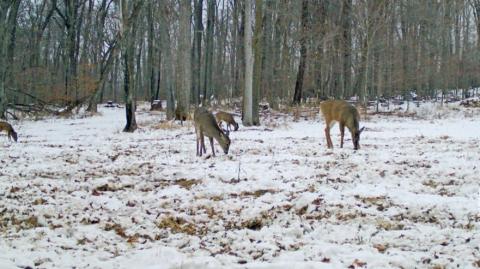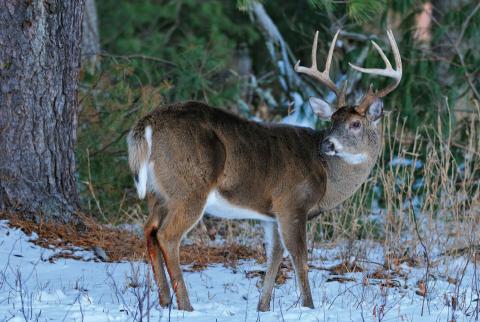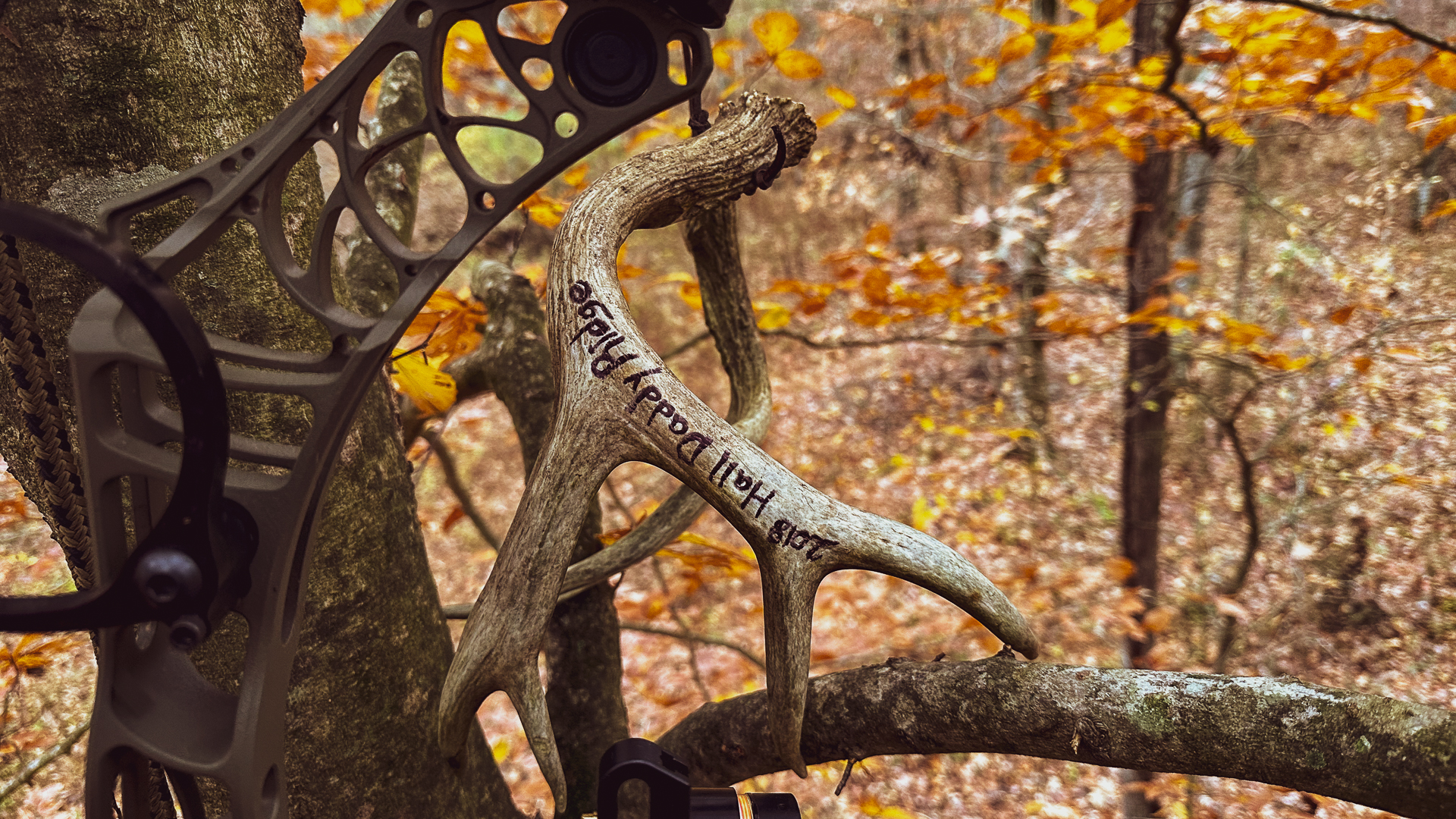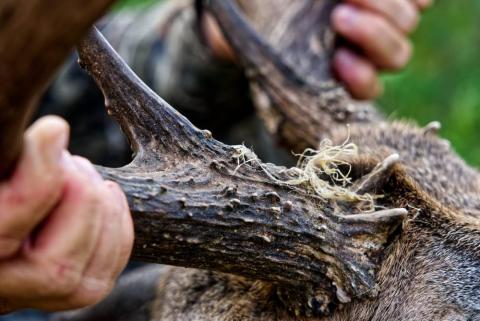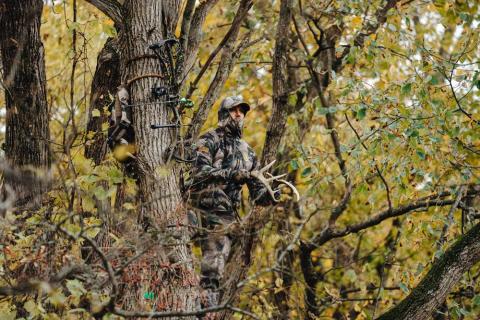Phillip Gentry
Finding and Fishing Warmer Water Flows in the Winter
One of the most time tested pieces of advice for fishing during the hottest time of the year is to look for cooler water inflows. These inflows often take the shape of creeks flowing into a lake, underwater springs that spout water from deep below the ground, and even general run off from recent rainfall. Cooler water naturally draws fish looking to find more comfortable water.
When fishing during the winter, the opposite is also true. Anglers are constantly on the lookout for warmer water, water that will help pre-spawn fish generate eggs as well as drawing baitfish hoping to survive during frigid temperatures. During the winter warmer water is created by rocks or concrete that has been heated by the sun, creek inflows are sometimes 4 or 5 degrees warmer than the body of water they flow into.
Fishing Thermal Water Discharge Areas
On another level, some lakes have water inflows that’s often 10, 15, or even 20 degrees warmer than the surrounding environment. These situations are created by man-made thermal water discharges. Artificially heated water manifests itself in a number of ways, the most common is an energy plant, perhaps a nuclear power station or simply a coal fired station where steam is used to create energy before the resulting hot water is recycled into the reservoir.
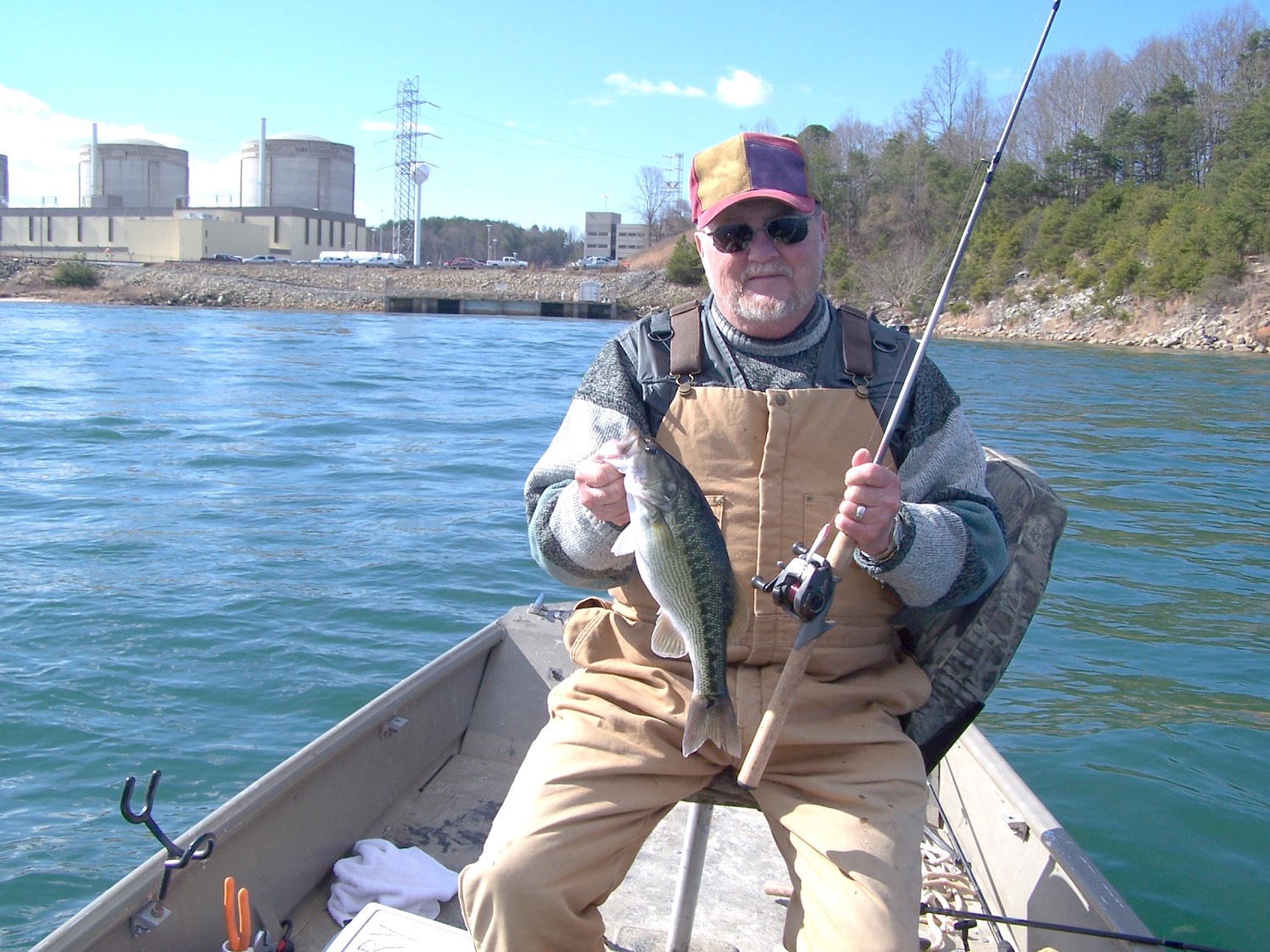
Spawning activity frequently takes place earlier in the year on thermal discharge lakes. Check out nearby hard bottom areas to find fish guarding potential spawning grounds.
Industrial warm water discharge areas are well known fish producers, especially during the winter when the surrounding water is seasonably cold. The warm water first attracts photo plankton and then baitfish and on down the line to predator fish like bass, catfish, crappie, stripers and a host of other fish.
These waters can be so productive for winter fishing that fishing tournaments held on lakes that have these facilities often rule areas near the discharge out of bounds to fishing. The other obvious downside to fishing warm water discharges is that they generally receive a lot of fishing pressure, especially during cold weather.
One of the best fish catching baits to use for thermal areas are minnow imitating lures. With water temps as high as 70 degrees near the discharge, expect baitfish schools to migrate in at random. This is the perfect set-up for schooling action from both black and white bass species. Topwater and subsurface baits often work best when schools of predator fish are feeding on or near the surface, but weighted swimbaits, suspending crankbaits, and jig and trailer combinations tend to have a wider depth range to target fish anywhere in the water column.
Rather than random fan casting across an expanse of discharge area, position your boat facing into the current flow and watch for shore birds, typically terns and seagulls, to dive into baitfish schools as they are driven up by feeding fish from below.
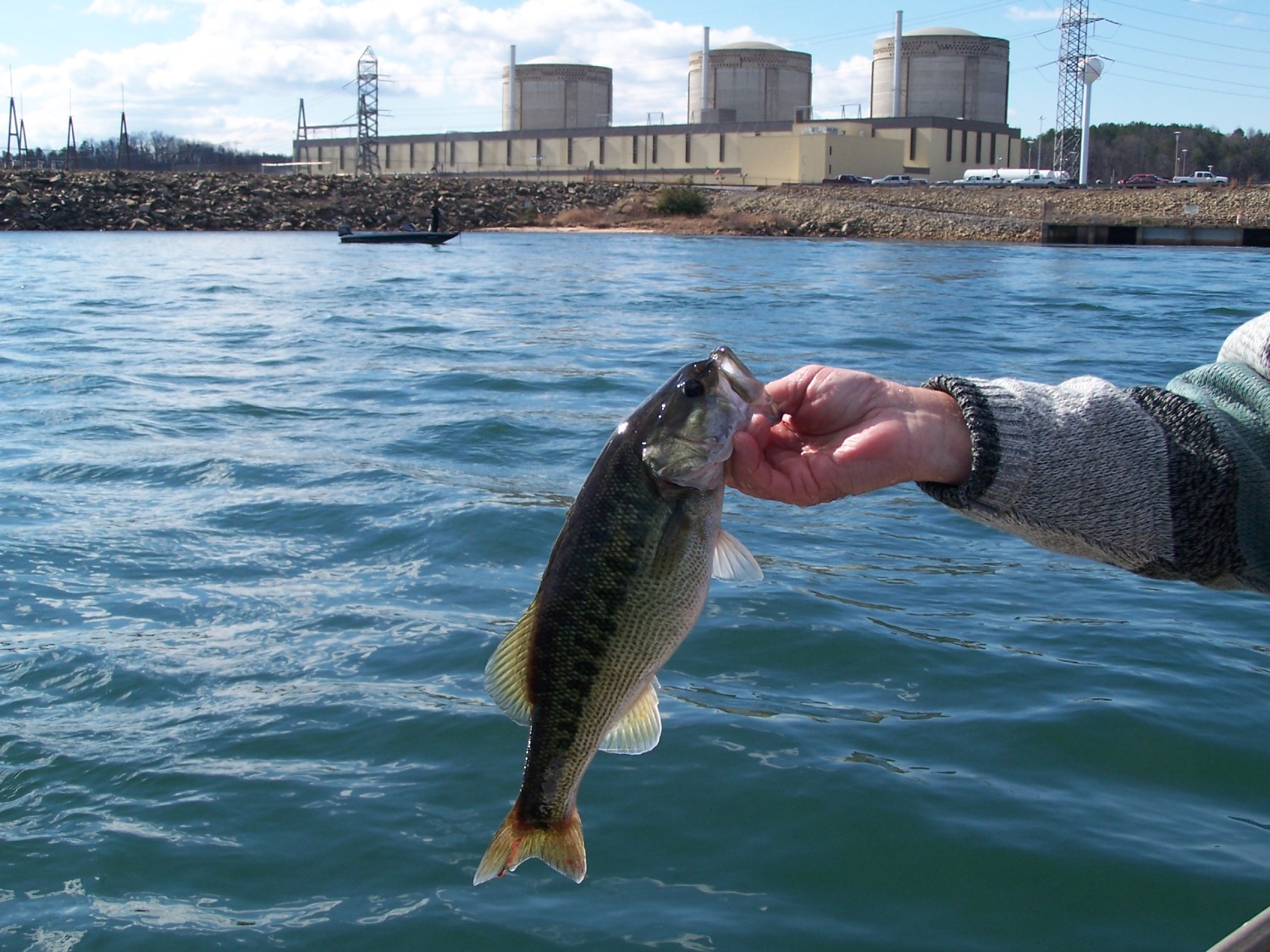
Lakes that have thermal discharge areas from nearby power plants can provide some of the best winter fishing around.
If active surface feeding is not taking place or for a chance at a few larger specimens, use your sonar to find bottom structure large enough to create a current break that fish can hide behind without fighting current, to ambush prey from. Tree trunks or root balls that make their way into the lake often get lodged on the bottom and create perfect ambush cover. Other structure includes large rock outcroppings or man-made structures such as knee-walls or pilings used to support power plant towers.
Often times, the constant warm water is too warm to support plant growth near the discharge but there may be substantial aquatic plant growth further awy from the discharge area as the water cools off. Locate the edges of this grassy structure and look for holes in the grass to hold concentrations of fish.
As spawning activity often occurs earlier in the year on thermal discharge lakes, moving further away from the discharge can put the angler in a productive spawn or pre-spawn area with fish patrolling hard bottom areas. Don’t overlook sandy points, coves, or other productive spawn areas just because the calendar says it’s February.
Fishing thermal discharge areas can be both fun and productive but keep in mind that some areas may be off-limits to fishing in general due to safety and security concerns. Anchoring in such areas is also not recommended as water flows and water levels can vary quickly without sufficient warning.




















